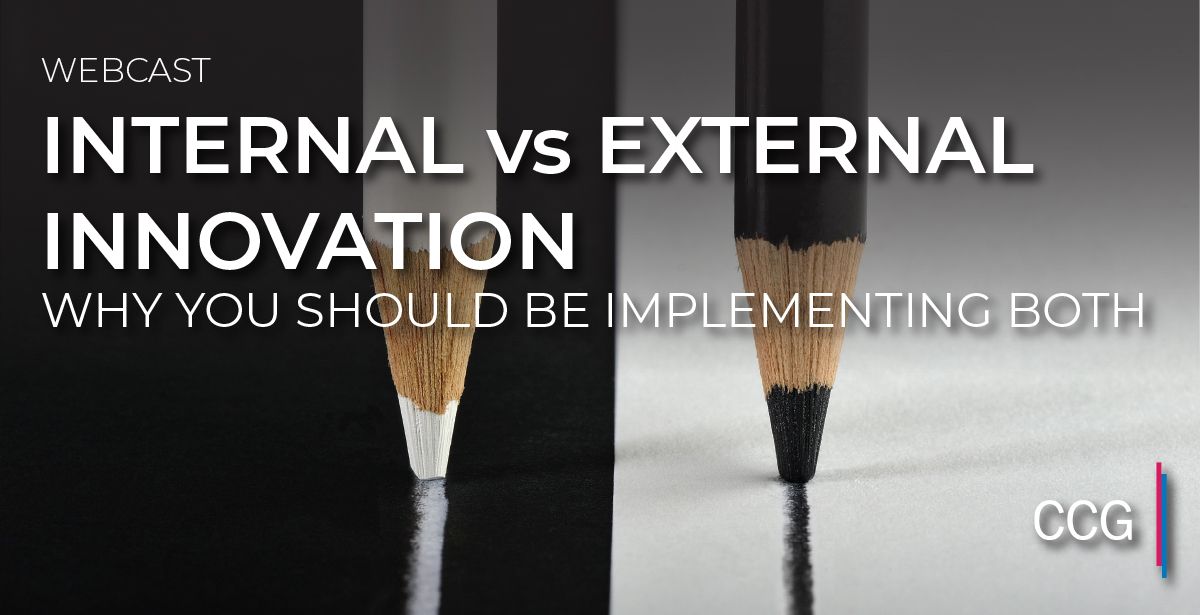Shall We Talk About Banking in the Metaverse?
March 17, 2022
Banking and the Metaverse
When a new trend hits the stage, it can be difficult to separate truth from noise. And there’s perhaps no phenomenon today that’s truer for than the metaverse. The metaverse, broadly speaking, refers to a collection of virtual worlds that purportedly represent the next phase of interactions on the internet. These virtual worlds come with digital economies where users can buy and sell goods, which means, you guessed it, a need for financial services. While much of the discussion around transacting in the metaverse so far has been related to gaming, big-name brands like Walmart and Nike are establishing presences, and real estate is also becoming a hot area. It’s the potential to power these and many other transactions that’s led to interest from financial institutions, with JPMorgan recently announcing the launch of its first metaverse office. But is this a real opportunity or simply a shiny object trap? The data suggests it may actually be the former, as awareness of the metaverse among the general population is spreading: In fact, 65% of US respondents to a Gartner survey have at least heard of the metaverse, with a little over a quarter saying they actually understand what it is.
These survey results indicate that the metaverse isn’t a fringe idea but rather a term that’s becoming fairly commonplace. And, as such, there may be a tangible opportunity to participate down the line. So, what does that mean for banks? It could mean many things, from providing access to payment rails through Banking-as-a-Service (BaaS) infrastructure to funding mortgages or other loans. Perhaps a better way to think of it is as a new realm of community banking. Remember, the metaverse is a compilation of virtual worlds, where people and businesses will interact. They will form communities, and those communities will need financial services. If the first phase of community banking was based on geography, and the second, arguably, targeted distributed, affinity-based communities (think, musicians or gig economy workers served by neobanks), then the next phase may well be digital communities within the metaverse. Thinking about how to serve these communities is likely a good starting point for many providers that base their core businesses on such activities in the physical world.
Now, it’s definitely not advisable that everyone go out and build branches in the metaverse today. It will take time for these communities to form and for their needs to become clear. But it is an area worth thinking about now, especially as forecasts from some of the largest players like JPMorgan and Goldman Sachs are putting the metaverse opportunity in the trillions of dollars. Don’t jump too fast, of course, but knocking around what your strategy might be and how you might approach this future would probably be a valuable exercise. After all, being prepared never hurt anyone. And, if the estimates are right, this could be a field of explosive growth.







